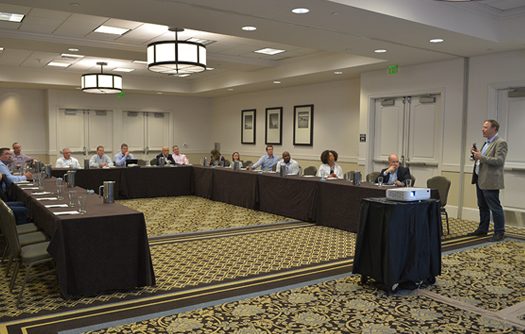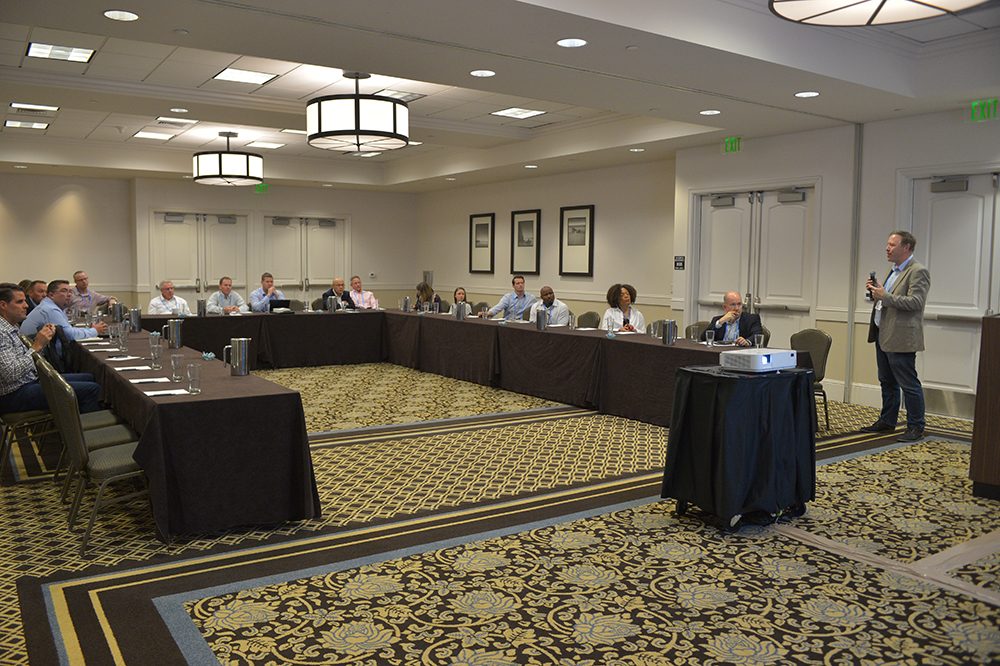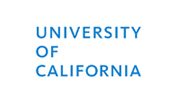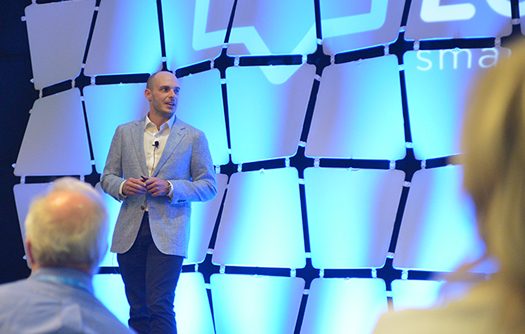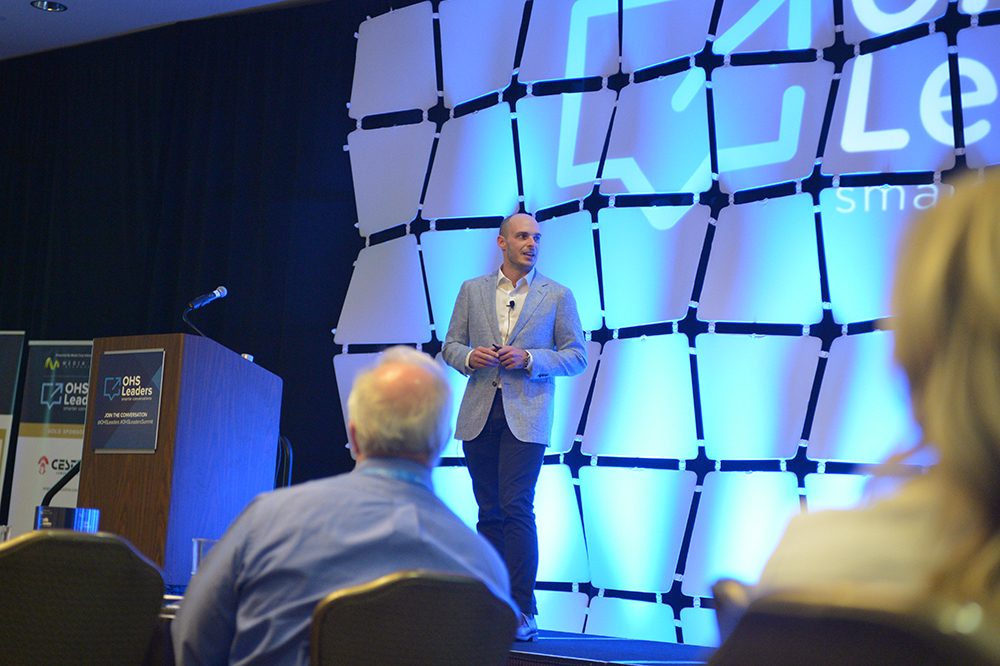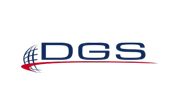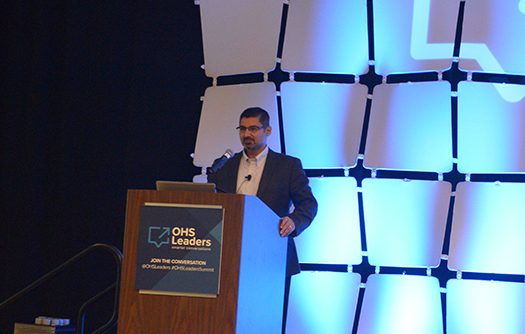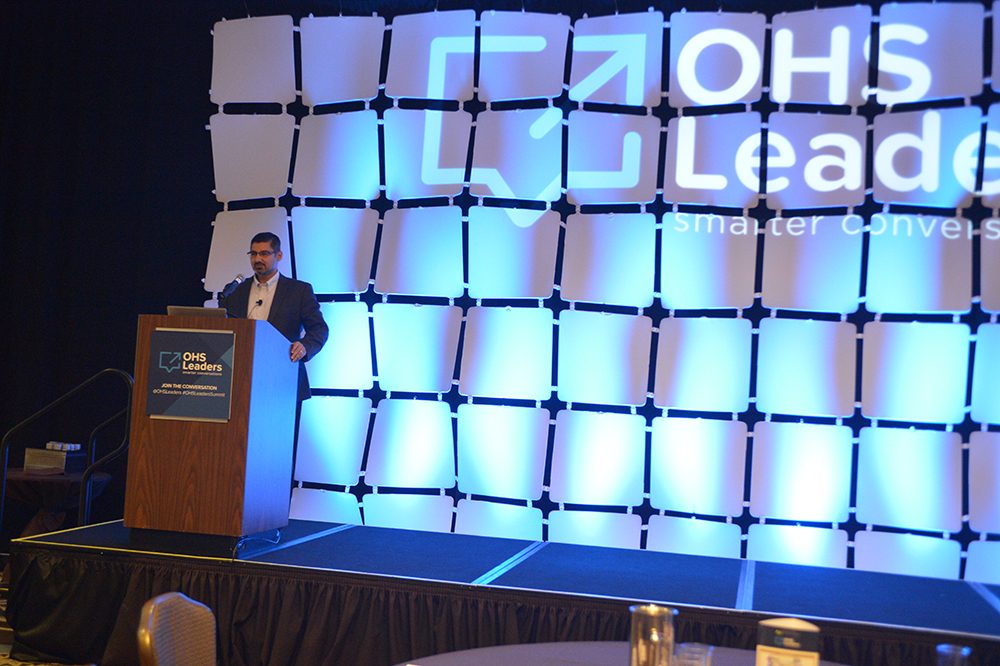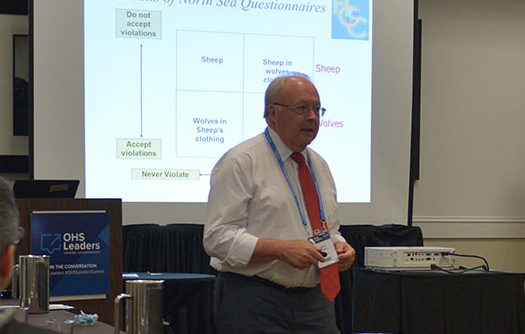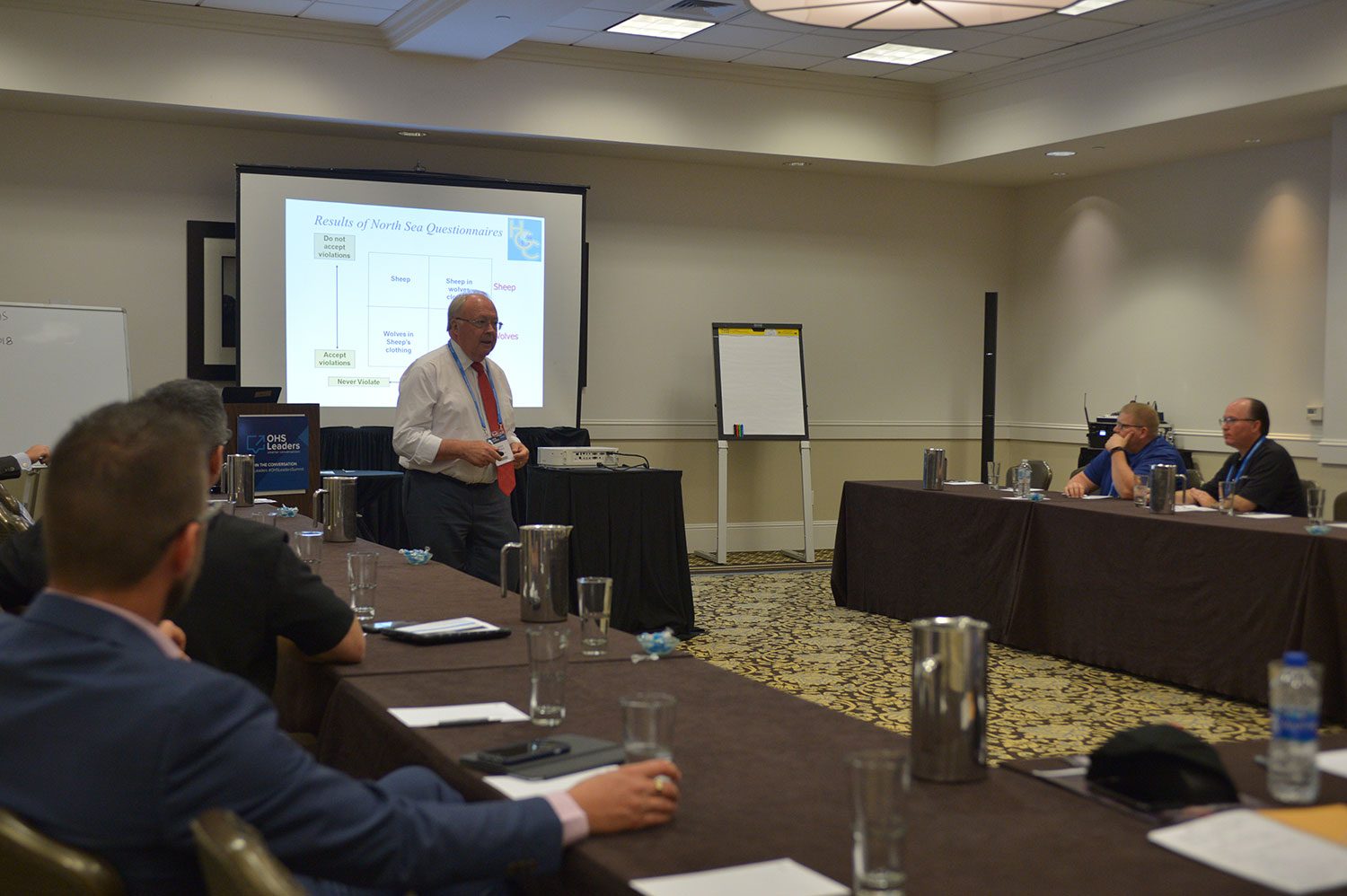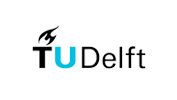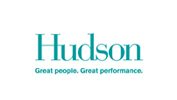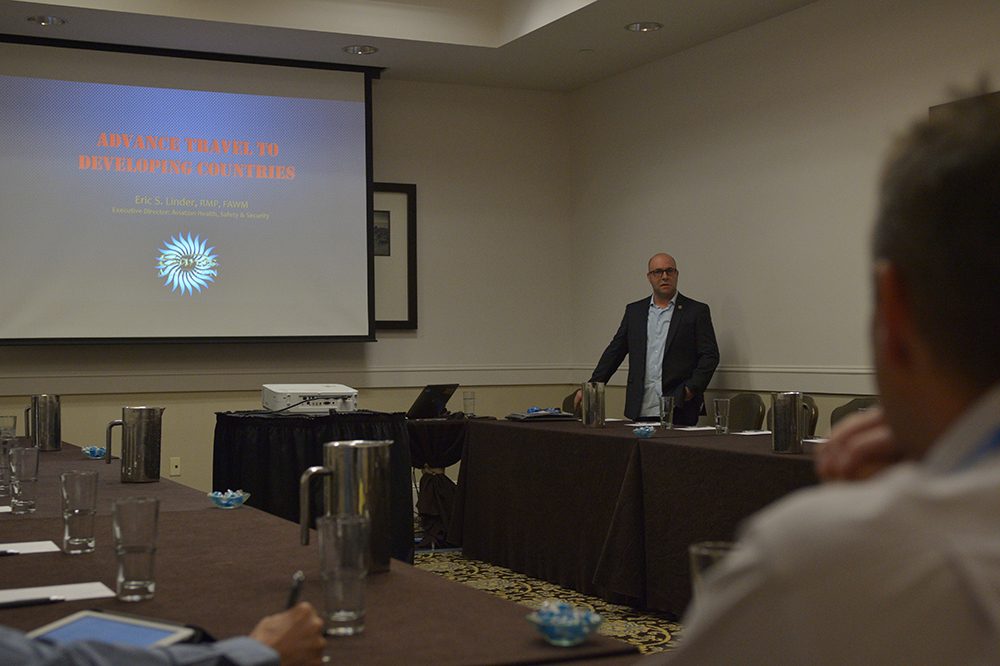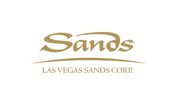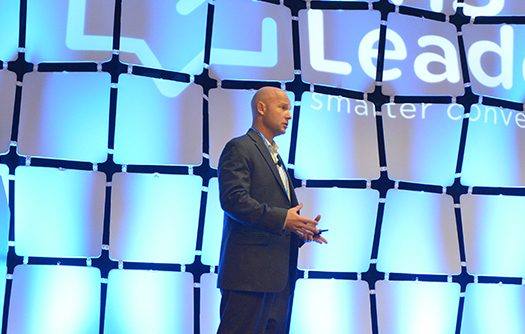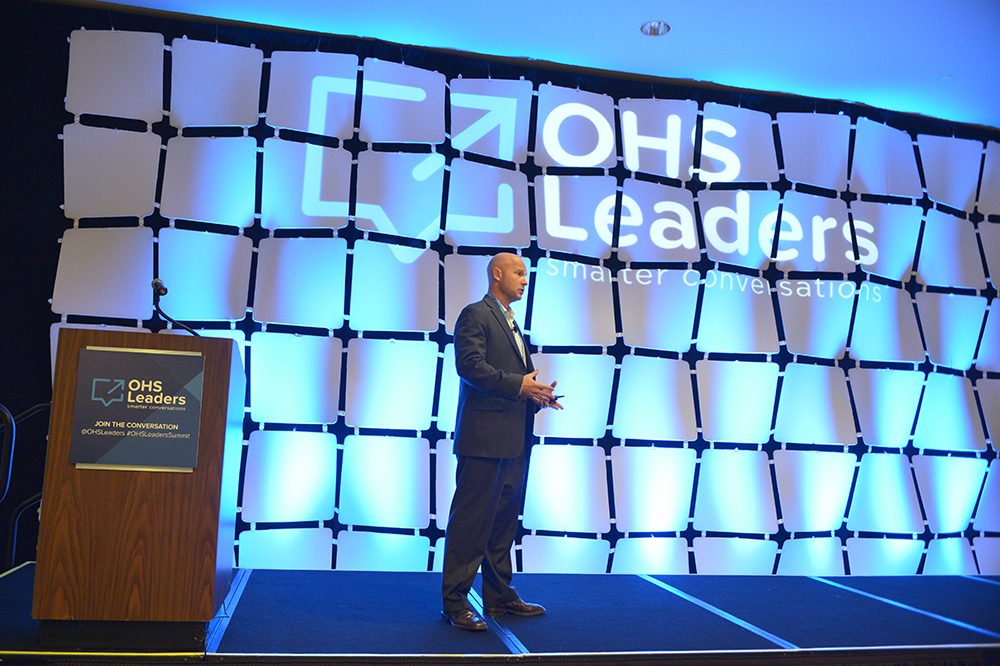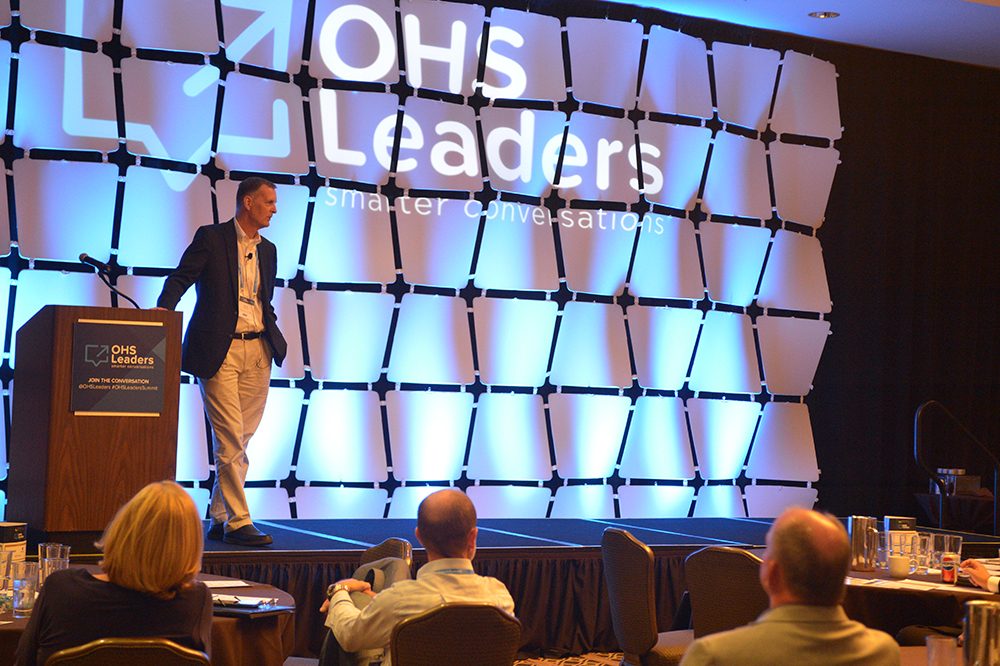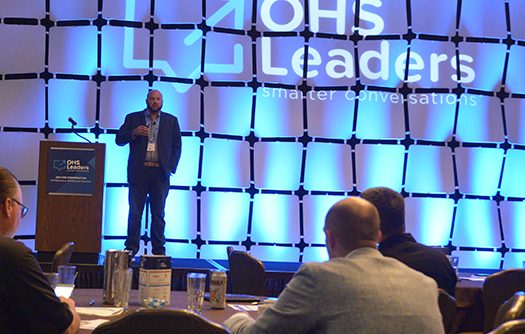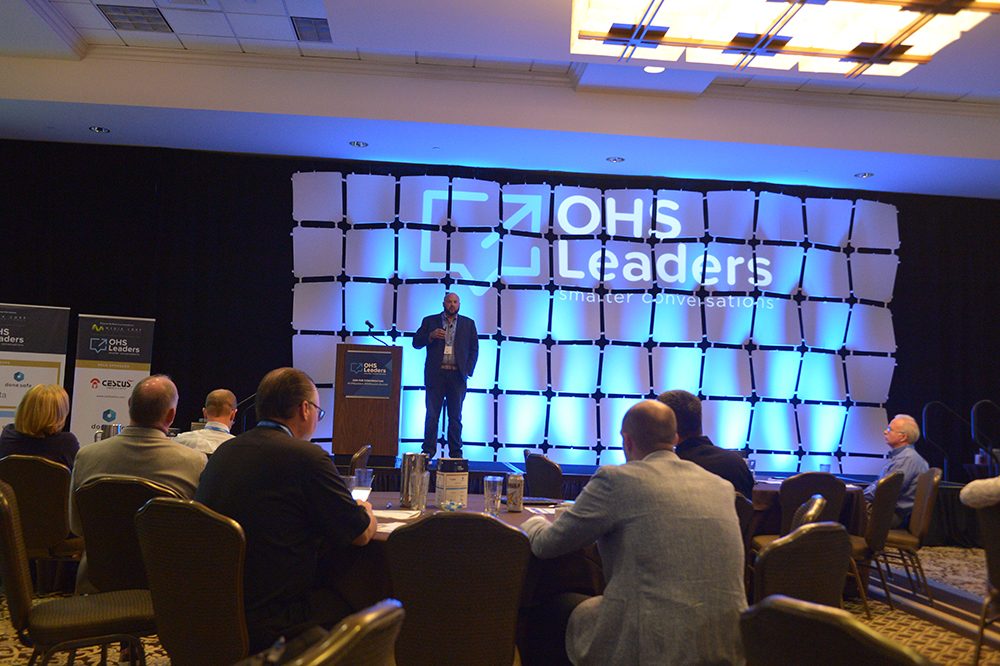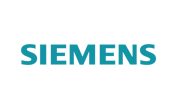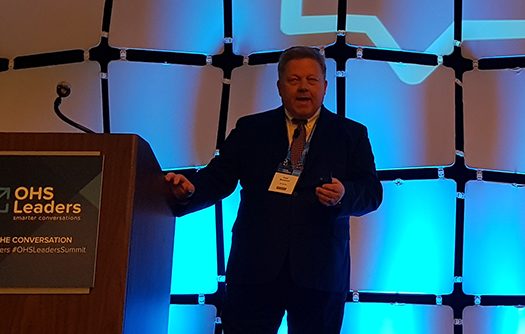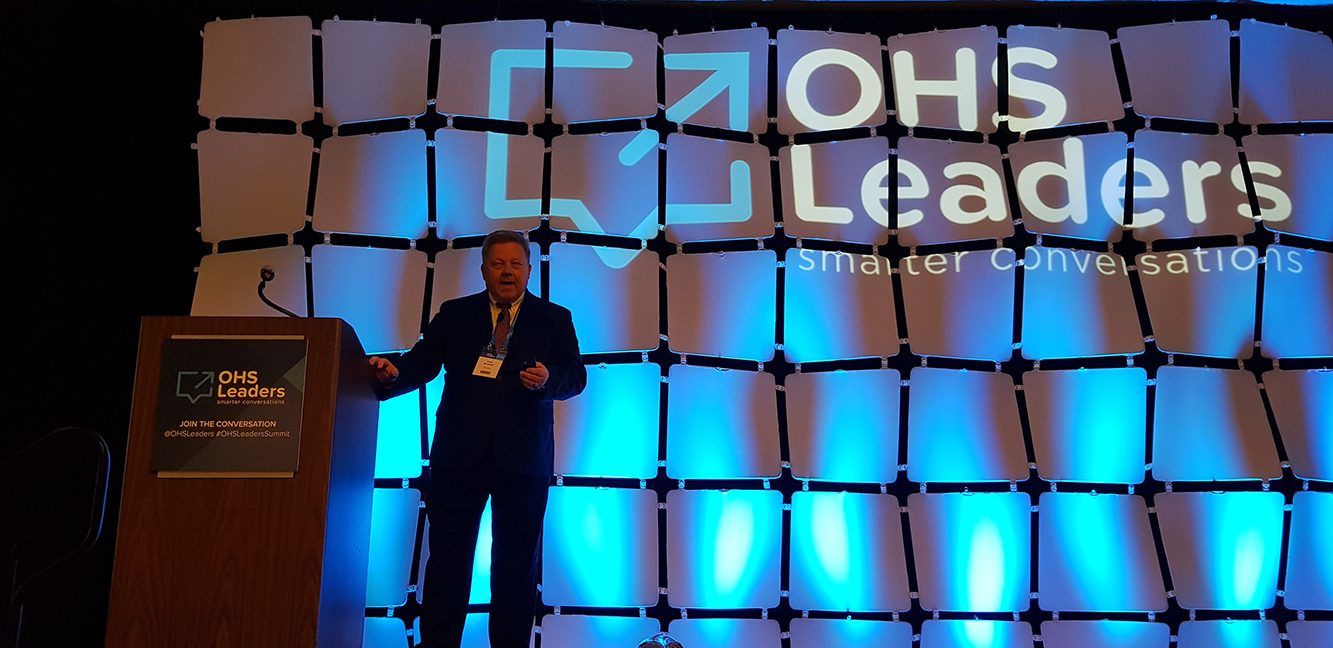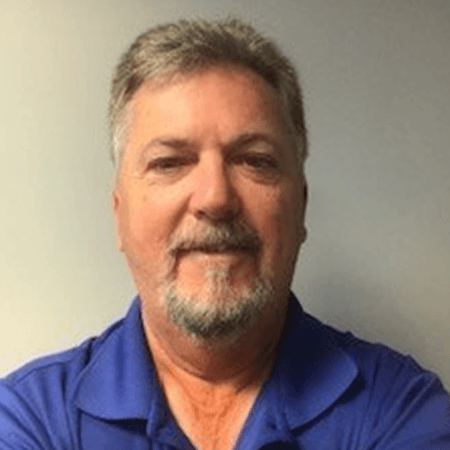 Joe has been with American Bridge Company for 15 years serving in many capacities as a Project Manager, Quality Manager, Safety Manager and now to his current role as the Corporate Director of HSE with the overall responsibility of continuous improvement of their Safety Programs and Culture.
Joe has been with American Bridge Company for 15 years serving in many capacities as a Project Manager, Quality Manager, Safety Manager and now to his current role as the Corporate Director of HSE with the overall responsibility of continuous improvement of their Safety Programs and Culture.
The culture of American Bridge empowers all employees to identify and correct behavior that is inconsistent with their vision of “zero-incident” workplace. Safety is at the forefront of everything they do.
As an active leader in Safety for his industry, Joe volunteers his knowledge and skills to many organizations such as Construction Industry Safety Initiative (CISI), Bridge to Prosperity (B2P) and Global EHS Leaders.”
Interviewer: “What are the biggest challenges safety leaders currently face?”
Joe: “Getting Operations Management to engage with craft workers to reinforce positive behaviors.
Having individual workers take accountability for their own actions that may lead to injury or incident.”
Interviewer: “As a safety leader, what do you feel businesses continue to get wrong when it comes to their marketing strategy?”
Joe: “Companies need to view Safety as a VALUE, not a priority. Priorities change based on operational needs. Establishing Safety as a company value with strong communication will resonate a higher commitment by all. Safety brings great value to a company’s reputation and will strengthen the bottom line.”
Interviewer: “What are the latest trends and behaviors you predict will be surfacing on the market over the coming 12 months?”
Joe: “Companies need to view Safety as a VALUE, not a Priority. Priorities change based on operational needs. Establishing Safety as a company value with strong communication will resonate a higher commitment by all. Safety brings great value to a company’s reputation and will strengthen the bottom line.”
Interviewer: “What is the best piece of advice you have received within your job over the years?”
Joe: “Safety is a game that can never be won, you must play it to the best of your ability, always trying to outperform your last efforts, knowing that you gave it your all with the goal to go home each day free from harm.
My biggest goal is to someday work myself out of a job where every worker performs their work in the safest manner and that “Zero-Injuries” does become a reality for all!”
About American Bridge
American Bridge is a legendary construction company whose projects include a significant proportion of the world’s large bridges, marine installations, and other complex structures. Its history, project experience, safety leadership, reputation for integrity and competence, commitment to in-house development of human talent, equipment fleet, and above all, its advanced engineering technology, make the company unique in the entire world.

